A Tree Given a ‘Second Chance’ Arises…
Some of you may recall me telling you about a young tree that had suffered terrible frost damage during the winter of 2011.
The tree was located at Double S Farms, which is where my mother, my sister and her family live.
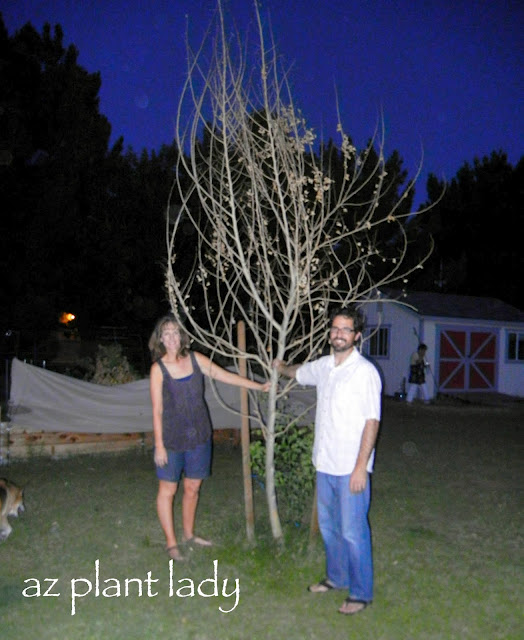
This Sissoo (Dalbergia sissoo) tree had turned brown and ‘crispy’. We waited until June to see if there would be any green growth to show us that it was alive.
The entire tree died, except for a little ‘sucker’ that started growing up from the base.
I wrote about this back then in, “Second Chance for a Frost-Damaged Tree”.
My brother-in-law and I cut off the dead tree (the entire part we are holding in our hands in the photo above) and staked up the tiny sucker, hoping that it would grow…
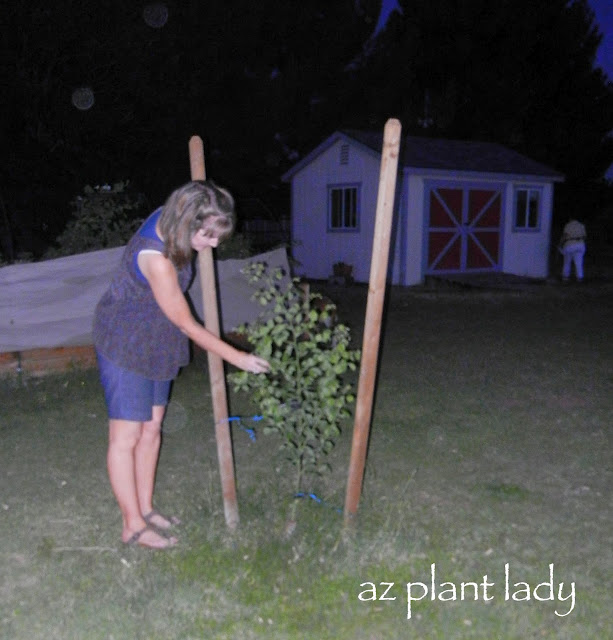
And now, just 14 months after we removed the frost-damaged tree, this is what the single sucker has grown up too…
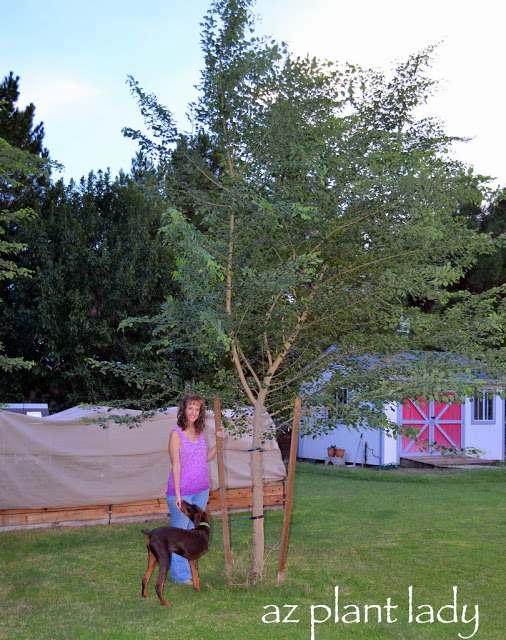
Posing by the tree with my sister’s new 3-legged dog, Johnny.
It is hard to believe that just over a year ago, there was nothing but a single tiny branch growing from the base of the tree that had been killed by frost.
The majority of the time, people simply dig up their frost-damaged tree and start over with a new tree.
I recommend waiting a few months to see if there is any part of the tree that is still alive. Often, they will grow a few small branches from the base, even if the rest of the tree is totally dead.
Select a single small branch and remove the dead tree and the other small branches – you want to concentrate your energy on a single branch (sucker) to grow into a new tree.
You may be wondering, isn’t it easier to just start over and plant a new tree?
The answer is “no” for a few reasons:
1. It is wasting your money buying a new tree that you may not need.
2. Save yourself the extra labor of having to dig up your old tree and plant a new one.
3. Your little branch (sucker) will grow faster then a new tree will. The reason for this is that it already has a large established root system from the original tree. A new tree does not have a large root system and has to spend a lot of time to grow roots. Until a tree has a good root system, the top will not grow as quickly as a tree that already has established roots.
**And so, next winter (I realize it is hard to think of winter in the middle of August), if your tree is unfortunate enough to suffer extensive frost damage – don’t remove it right away.
You may be able to save it and have a beautiful “new” tree in its place.

 Noelle Johnson, aka, 'AZ Plant Lady' is a author, horticulturist, and landscape consultant who helps people learn how to create, grow, and maintain beautiful desert gardens that thrive in a hot, dry climate. She does this through her consulting services, her online class Desert Gardening 101, and her monthly membership club, Through the Garden Gate. As she likes to tell desert-dwellers, "Gardening in the desert isn't hard, but it is different."
Noelle Johnson, aka, 'AZ Plant Lady' is a author, horticulturist, and landscape consultant who helps people learn how to create, grow, and maintain beautiful desert gardens that thrive in a hot, dry climate. She does this through her consulting services, her online class Desert Gardening 101, and her monthly membership club, Through the Garden Gate. As she likes to tell desert-dwellers, "Gardening in the desert isn't hard, but it is different."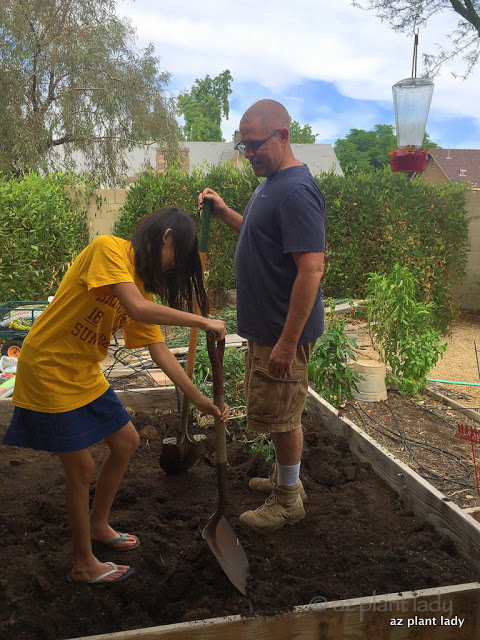
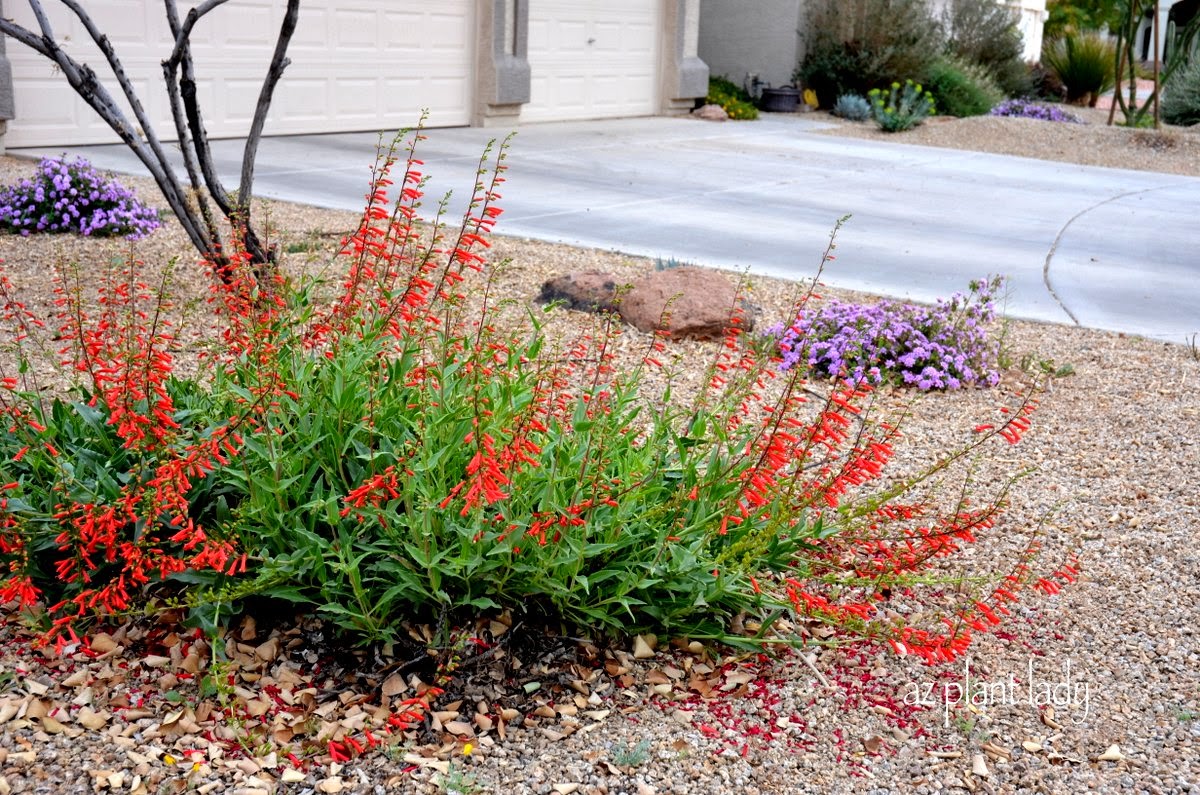
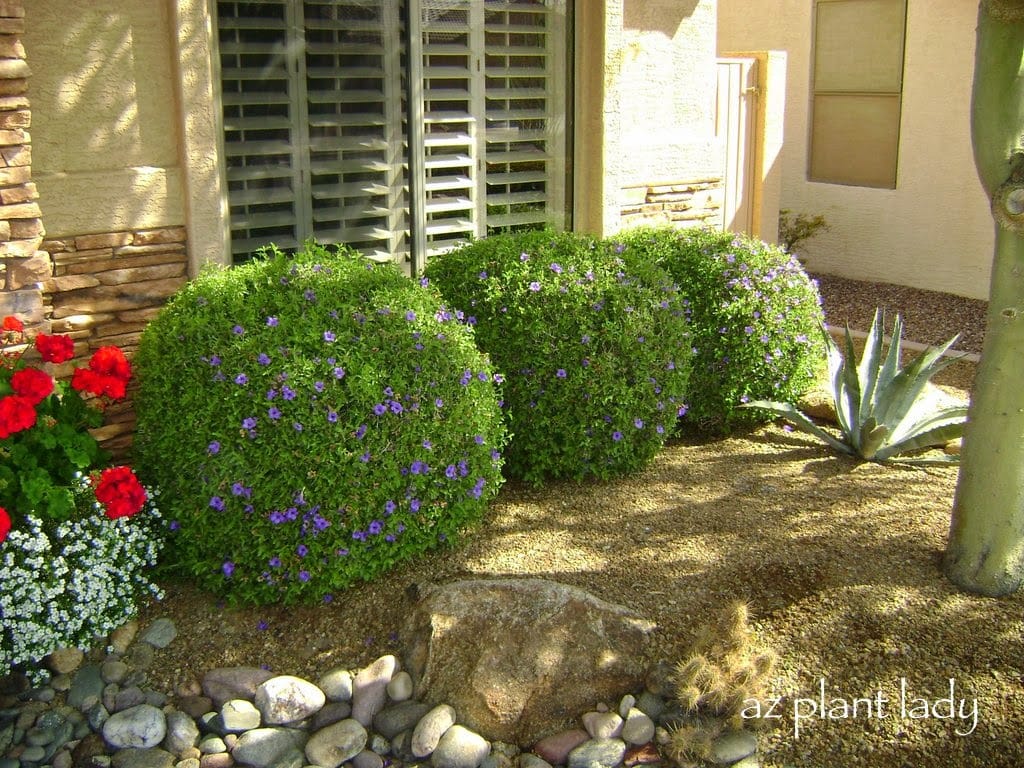
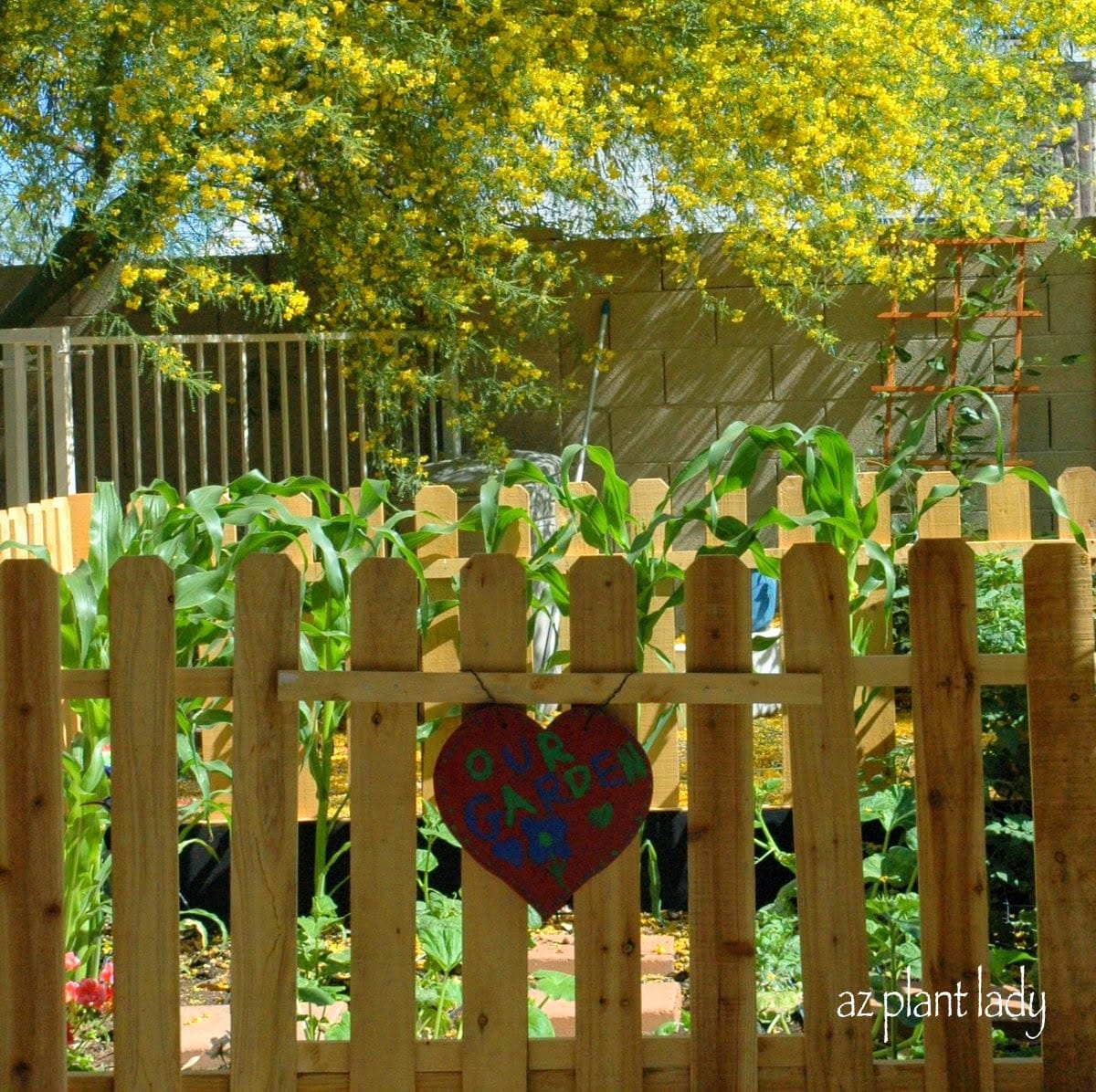
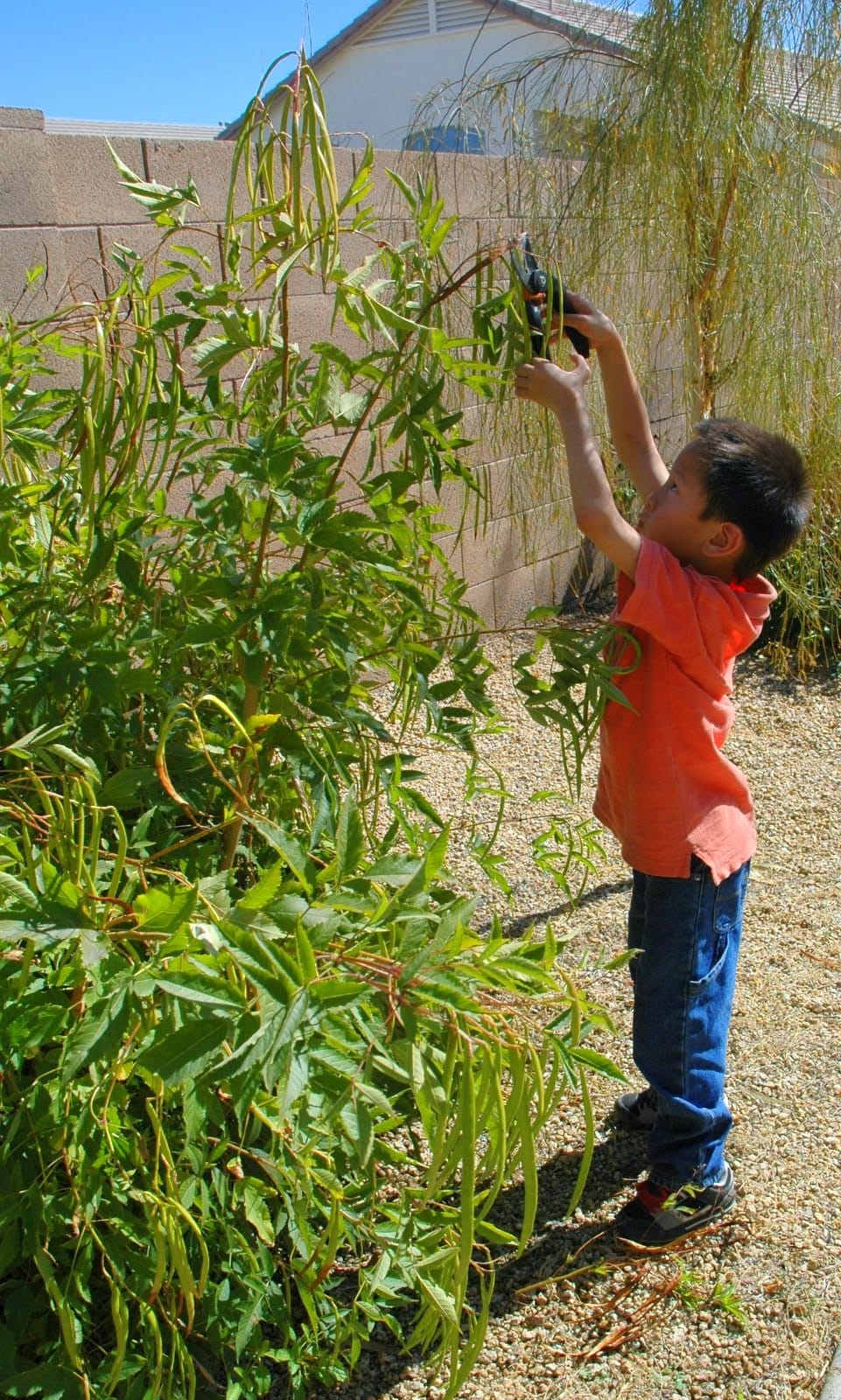
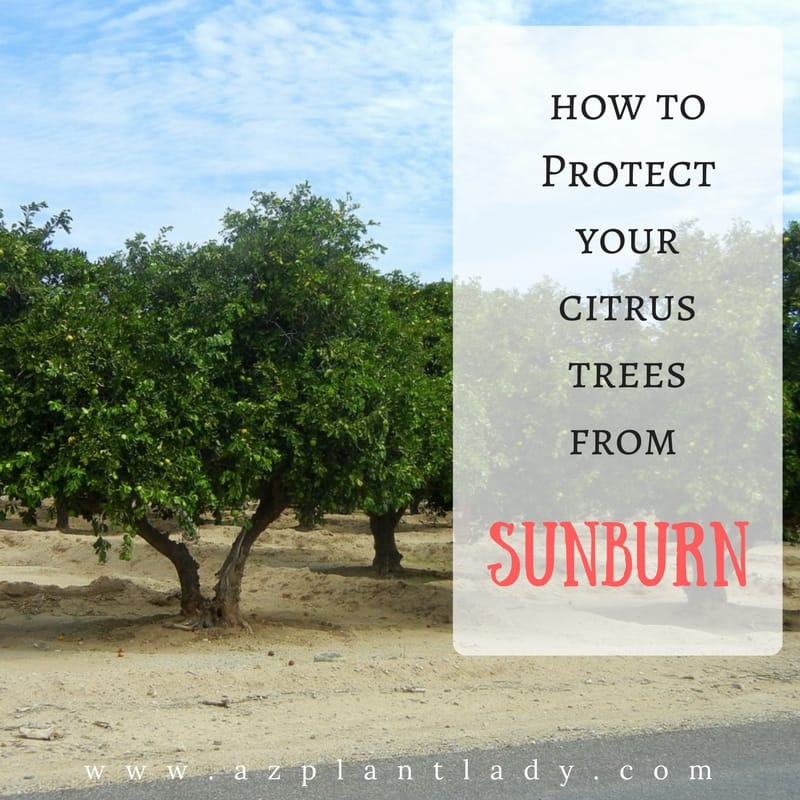








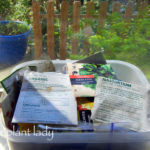
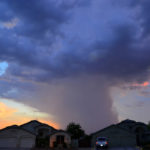
That is a wonderful story. I do have a few trees and shrubs that grew from suckers/branches after the main tree died.
Great story and just goes to show that there still may be life even when something looks totally dead.
FlowerLady
Maybe I missed it, but what kind of tree is it? Thx!
Hello!
Sorry, that I didn't mention what kind of tree this was… it was a Sissoo tree (Dalbergia sissoo).
Noelle / azplantlady
I'm so glad you gave it a second chance! We did that with our dogwood. It appeared to be dead, and we were going to cut it down and return it. But it came back to life! Enjoyed your article in Birds and Blooms!